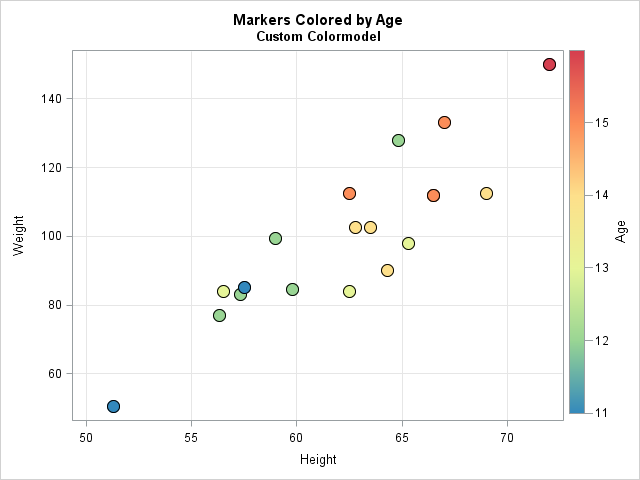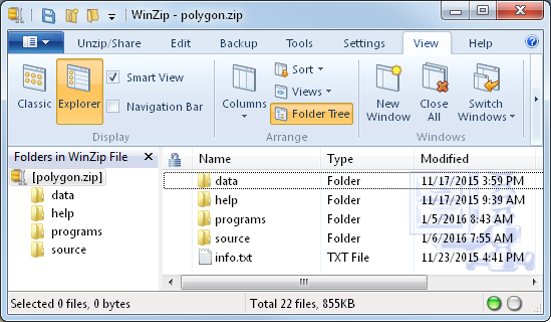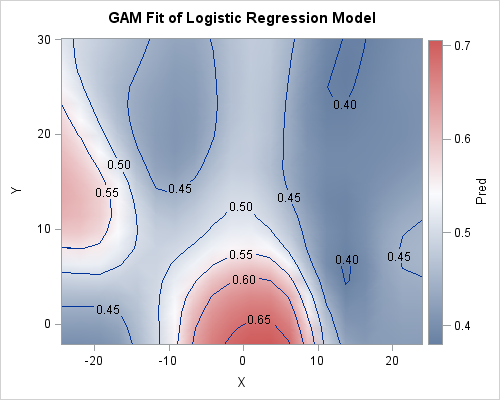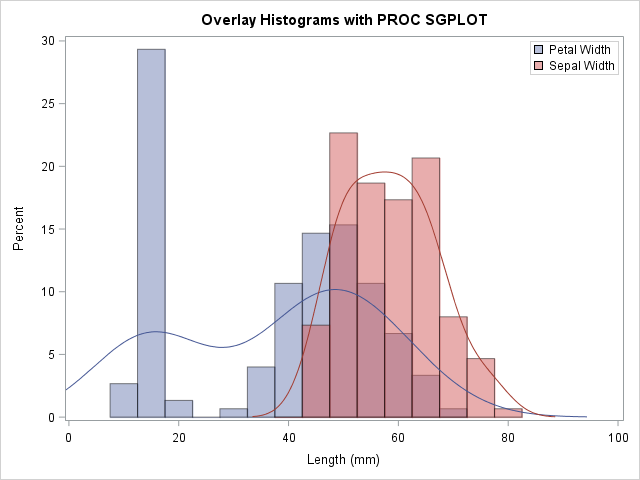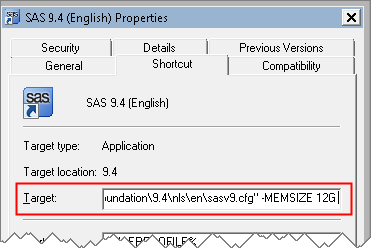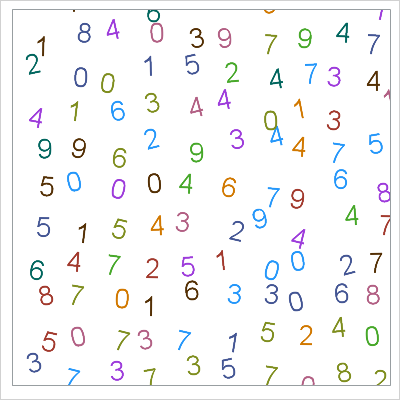
Last week I was asked a simple question: "How do I choose a seed for the random number functions in SAS?" The answer might surprise you: use any seed you like. Each seed of a well-designed random number generator is likely to give rise to a stream of random numbers,



